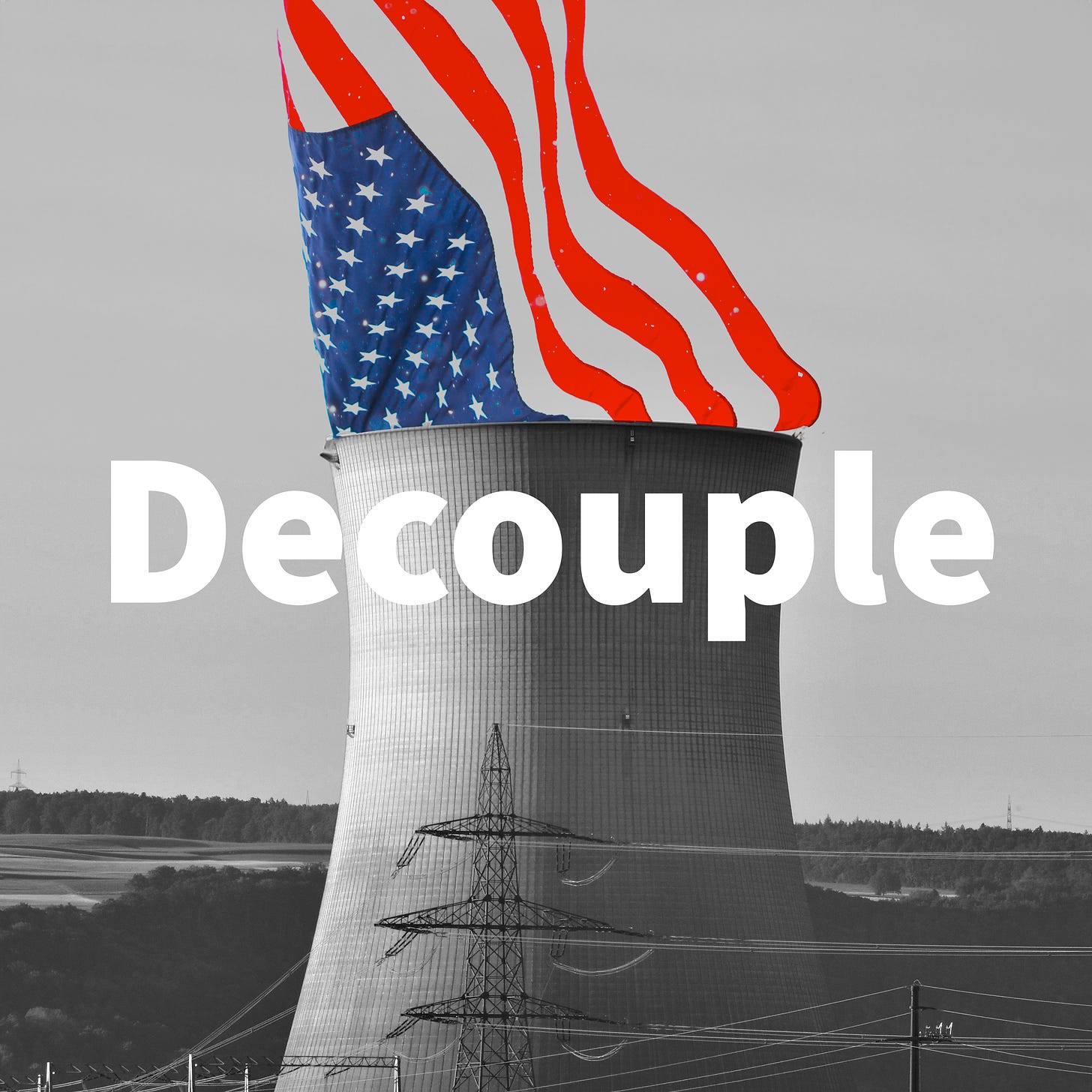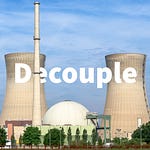Watch now on Spotify, Apple, and YouTube.
Jigar Shah, Director of the Loan Programs Office (LPO) at the U.S. Department of Energy, joins me to discuss his office’s latest Pathways to Commercial Liftoff report on nuclear energy. We touch on the state of the American nuclear industry, its surge of policy and private sector support, and outstanding obstacles to tripling nuclear capacity in the United States.
In addition to emphasizing the need for standardization of reactor designs and a unified communications strategy from the nuclear industry, Jigar sets the record straight on what the LPO can and, importantly, cannot do for the sector. While the LPO offers extensive support in the form of loans and high-quality information, it is up to industry to lead the charge. In his words, “we can’t want this more than industry.”
We talk about
The generational support for nuclear energy from the federal government, with nuclear being recognized as an essential part of a decarbonized energy system
U.S. targets for nuclear energy deployment, namely the tripling of capacity
Recent support for nuclear from large financial institutions and technology companies like Google and Microsoft
The updated DOE Pathways to Commercial Liftoff: Advanced Nuclear report, and how it differs from the previous version
The LPO’s misunderstood role and the reasonable limits of government support for nuclear
The importance of unified messaging on nuclear to finance and policymakers
The role of SMRs (Small Modular Reactors) versus large conventional reactors, and the relatively lower per-megawatt-hour costs of going big
The importance of standardization in reactor designs
Jigar speaks
On the growing consensus around nuclear:
"Today there is a general recognition, which I think DOE has played a big role in establishing, of the value of nuclear power in a decarbonized system."
On the role of the LPO:
“The Loan Programs Office is not here to say to people that this solution is better than the other solution. We are here to say that if you want to commercialize your solution, these are the steps you would need to take to meet the reasonable prospect of repayment.”
Deeper Dive
As Shah makes clear, the LPO serves two main functions on nuclear: provide loans to help commercialize technology and provide information through comprehensive “liftoff” reports.
The updated nuclear liftoff report, led by Julie Kozeracki, provides an updated analysis of nuclear energy's potential in the U.S., with a clearer view of the impact of incentives in the Inflation Reduction Act (IRA), lessons from Vogtle, the impact of recent legislation and NRC actions, and the value of a “system cost” framework as opposed to a “levelized cost of energy” framework to assess prices.
The report includes detailed cost assessments of the AP1000 reactor, suggesting that even in a worst-case scenario based on Vogtle units 3 and 4 costs, new nuclear could be below $100 per megawatt-hour with IRA incentives. With improvements in construction speed and regulatory processes, costs could potentially reach $60 per megawatt-hour.
The report also addresses the potential for nuclear deployment at existing sites and coal-to-nuclear conversions, estimating between 65 and 100 gigawatts of capacity at existing sites. It emphasizes the importance of fleet-mode deployment and maintaining workforce continuity between projects to achieve "nth-of-a-kind" cost reductions.
In the journey to standardized, fleet-mode deployment, Jigar makes clear that in the complex and high-stakes landscape of nuclear reactor construction, technical superiority or lower per-megawatt costs do not guarantee market success. Factors such as utility company balance sheets, hyperscaler preferences, and political considerations all play crucial roles in determining which nuclear technologies will move forward.
References
Inflation Reduction Act (IRA)
Westinghouse AP1000 reactor
Small Modular Reactors (SMRs)
SEO Keywords
nuclear energy, DOE, liftoff report, AP1000, Small Modular Reactors, energy policy, decarbonization, clean energy financing, nuclear standardization, energy infrastructure













Share this post